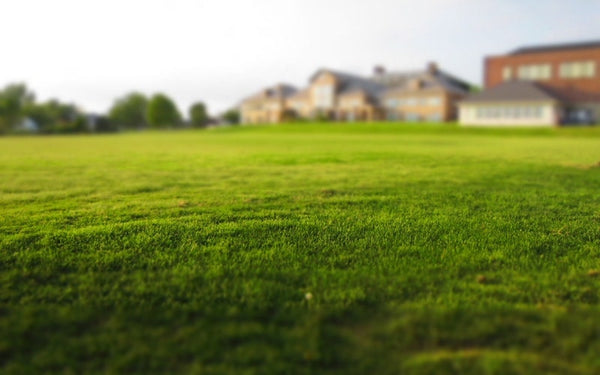You have probably heard a lot of talk about class action suits related to energy efficient low-e windows, especially if yourself have such windows in your home, or if you home has been affected by such windows. How can a low-e window cause damage to a property that would lead to legal action? By melting the vinyl siding through highly concentrate solar beams bouncing off the surface of the glass.
Low-e windows have a special highly reflective exterior that bounces away more light than standard windows. They also have a tendency to act like a lens that focuses the light due to their concave face created by a vacuum seal between the inner and outer panes of glass. As most homeowners don't know the potential dangers of these windows, the legal action pertaining to them usually involves the manufacturer. But if your low-e windows melted a neighbor's vinyl siding or vice-versa, you might want to contact a lawyer, either to protect yourself or to take action.
How to Keep Windows from Melting Siding
If you are worried about low-e windows melting vinyl siding yet you don't want to incur the costs of having the windows replaced, your best bet is to have Turf Guard Window Film applied to your energy efficient windows and remove the risk of them damaging siding or artificial turf grass, which can also easily be melted by low-e reflections. Turf Guard Window Film does not reduce the light rejection of the windows, so they continue to bounce off plenty of light and hence keep your home cooler and more energy efficient. Likewise, if you choose a clear Turf Guard Window Film, this unique coating will not be visible and will not change the view through the glass.
Window Glare Solutions
Light bouncing off low-e windows can be a serious problem, with these reflections damaging siding, artificial grass, plastic furniture, and even creating a hazard for people and animals. But with a quick and affordable application of Turf Guard Window Film, the problem of energy efficient window glare is solved immediately.










